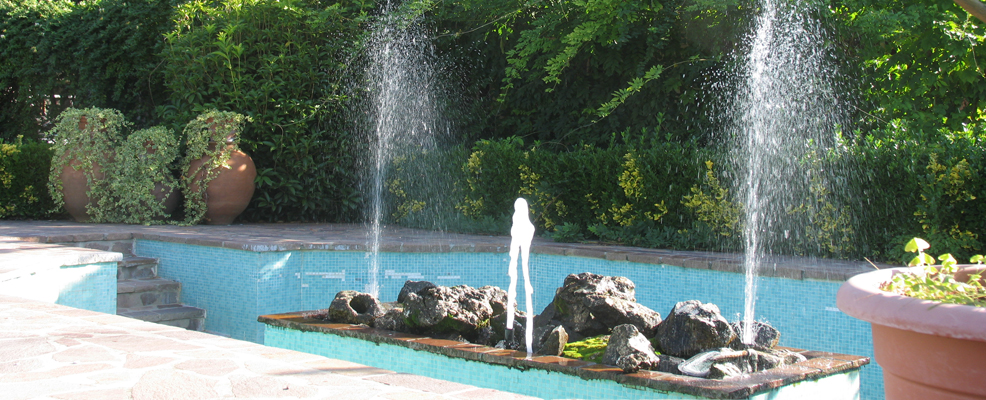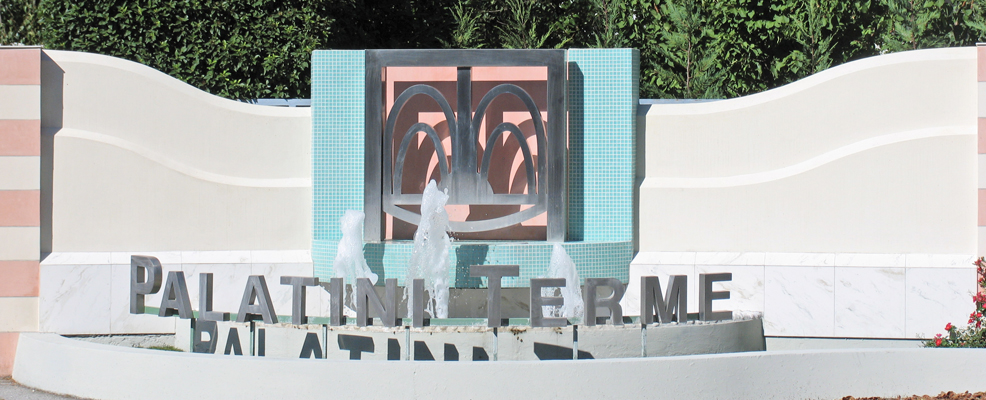During spa treatments two events can occur, crises and thermal reaction, characterized by local or general malaise, usually transient and of spontaneous resolution.
Thermal Reaction
In the first three days of spa therapy there can be a light general syndrome characterized by intolerance to treatment, general malaise, fatigue, mood disturbance, insomnia and alterations of the gastro-intestine which may occasionally have soft local symptoms. It is however of short duration and of spontaneous resolution. Is often not a problem and does not require discontinuation of treatment.
Thermal Crisis
The crisis spa is different from the thermal reaction and refers to a set of paradoxical events arising during treatment. It comes as a reoccurrence of syntoms without pathological significance, of the condition being treated. May be accompanied by general symptoms. It is the consequence of the intrinsic dynamic action of mineral waters.
It is a set of transient general and local reactions only due to the crenotherapic factor, coming sooner or later and usually followed by a marked improvement of the treated condition.
It is not harmful, does not necessarily occur, is not indicative of good or bad outcome of therapy, age does not play a decisive role and the resolution is often spontaneous.
It usually occurs between the fifth and seventh day of treatment, towards the evening hours and reaches its peak at night and then fall in the morning and disappear in the course of the day. May persist for 2-3 days.
In arthro-rheumatic diseases a worsening of pain and contracture may appear, but without signs of true inflammation.
In ENT diseases may occur: sore throat, hoarseness, runny nose, hyperemia of the mucous membranes and pain of the paranasal sinuses, cough and slight congestion. The presence of only cough and increased sputum are often normal indices of mucolytic activity and mobilization of secretions due to therapy.
During hydroponic treatment for digestive diseases, mild dyspepsia, heartburn, nausea, constipation, diarrhea, front fascia headache, flatulence and bloating may appear.
If discomfort persists for more than two days, consulting your spa doctor of reference is advised.
Bibliography
B. Messina, F. Grossi, “Elementi di Idrologia Medica”, ed. SEU, Roma 1984.
G. Nappi, “Medicina e Clinica Termale”, La Commerciale, 1996.
B. Messina, G. Tirri, A. Fra Ioli, M. Grassi, M. De Bernardi, “Medicina Termale e Termalismo”, Caleidoscopio, 1999.
R. Gualtierotti, “Medicina Termale”, 1981, Libreria dello Studente.
M. Giordano, “La fango balneoterapia nella cura e nella prevenzione delle malattie reumatiche”, Clin. Terap., 117:13-14, 1968.
M. Giordano, “Reumatismo e termalismo sociale in educazione sanitaria e malattie reumatiche”, Loffari, Roma 1972.
Giusti P. et al., “Variazioni della beta endorfina nel soggetto sano in seguito a una singola seduta di fangoterapia nel bacino termale euganeo”, Clin. Term., 43: 13-18, 1990.
Cozzi F. et al., “Comportamento delle sottopopolazioni linfocitarie durante un ciclo di fango balneoterapia nel bacino termale euganeo”, Clin. Term., 45: 77-81, 1992.
Boulangé M. et al., “Efficacité d’une cure thermale dans le lombalgies chronique clinique randomisé”, Presse Thermale et Climatique, 134: 178-80, 1997.
Papi F. et al., “Fangobalneoterapia nella sindrome del tunnel carpale”, MEd. Clin. E term., 31: 59-66, 1995.
S. Marchi et al., “Valutazione dell’efficacia di un’acqua bicarbonato-alcalina sulla motilità colecistica” ; Vol. 83-N 1-2 pag 68-72, 1992, ed Minerva Medica.
F. Rossi, “Le basi biologiche della terapia termale”, Clin. Term. 45: 227-230, 1992.
G. Nappi et al., “Attuazione di un programma di screening e terapia termale per l’ipoacusia rinogena infatile”, Med. Clin. Term. 21: 215-228, 1992.
G. Nappi et al., “Crenoterapia integrata insufflatoria e inalatoria nel trattamento dell’ipoacusia rinogena”, MEd. Clin. Term. 34: 29-38, 1996.
M. Giovannini et al., “La terapia dell’eczema", Med. Clin. Term. 21: 171-178, 1992.
M. Bortolotti et al., “Modificazioni indotte dall’assunzione di un’acqua bicarbonato-calcica-alcalina terrosa su alcuni parametri secretivo-motori gastrici (gastrinemia, secrezione acida, attività motoria antrale e svuotamento) in pazienti con gastropatie ipersteniche e iposteniche”, Clin. Term. 33,5: 165-177, 1980.




